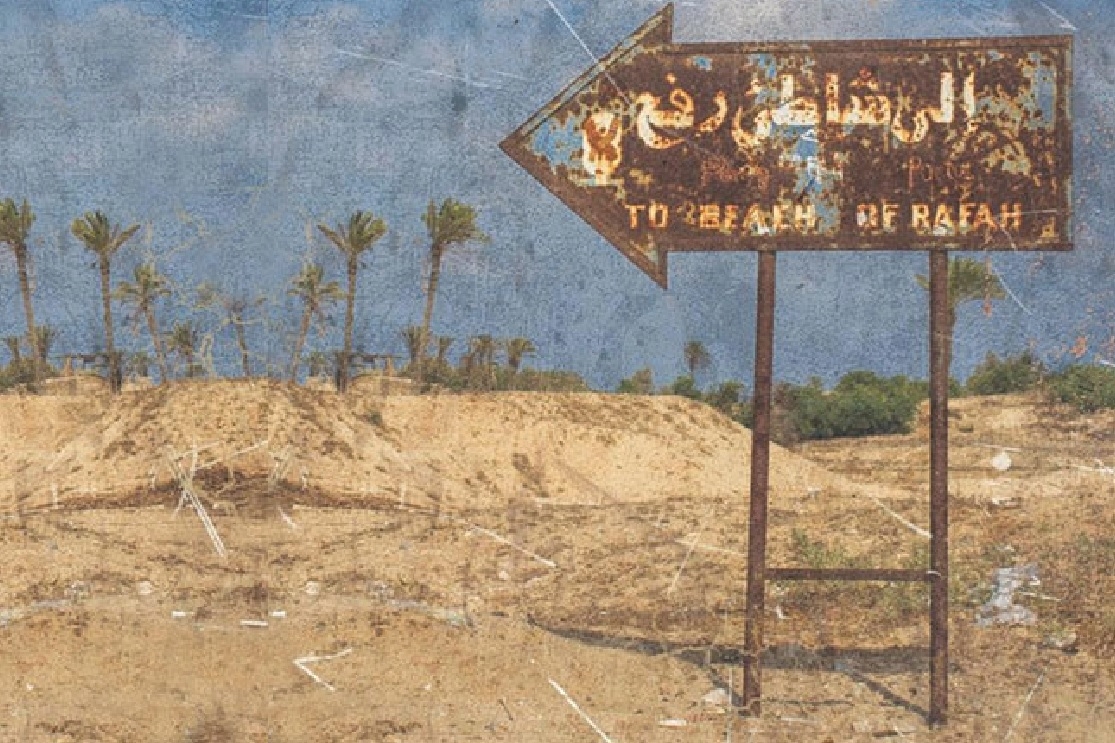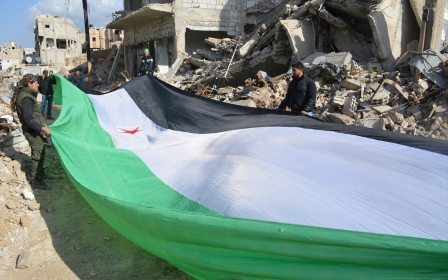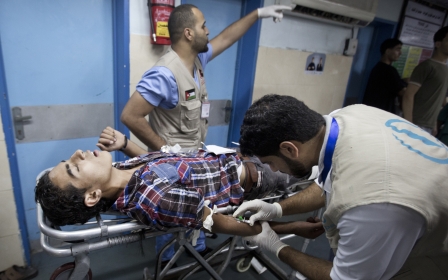BOOK REVIEW: Sinai: Egypt’s linchpin, Gaza’s lifeline, Israel’s nightmare

The Sinai Peninsula is a strategic area largely ignored by the Egyptian government, researchers, journalists and the international community. Yet the future of the peninsula, which lies at the crossroads of two continents, is vital and - as Muhannad Sabry argues in Sinai: Egypt’s Linchpin, Gaza’s Lifeline, Israel’s Nightmare - likely to be a source of insecurity for many years unless changes are made.
Writing about ungoverned, inaccessible Middle East spaces presents a challenge, as journalists and researchers face increasing risks of violence or kidnapping by militant groups. Few, therefore, have written about the politics of this West Virginia-sized peninsula that crouches between Asia and Africa, between Israel and Egypt, bordering the Gaza Strip and adjoining the Suez Canal. This may seem peculiar, given its strategic location, its being at the core of the Israel-Egypt peace accords and of key economic importance to struggling economies.
Mohannad Sabry is one the few who've gained access, and has pulled together a detailed text covering its recent political history, the eras of Hosni Mubarak and Mohamed Morsi as well as the current administration of Egyptian President Abdel Fattah al-Sisi, who seized power from Mors, Egypt's first elected president, in 2013.
Sabry's book will make tough reading for supporters of any of the aforementioned ruling elites, as he provides a scathing account of their records. Their collective failure has led to Sinai being declared by the Islamic State (IS) group as the "Sinai province of the Islamic State", whose increasing threat was highlighted by the downing of a Russian plane last year. This came after the book's completion, but serves to highlight the peninsula's relevance.
IS in Sinai has developed from about a dozen fighters in 2011 into the region's most powerful militant organisation which was able to attack Egypt's security headquarters in Cairo when no other group had done so.
Still, IS militants are not a popular insurgency, as they show no consideration for the local population. There are videos of locals being beheaded, and yet the approach of the Egyptian military is akin to collective punishment. Moroeover, its draconian measures aren't working. The approach begs the question as to who exactly rules Sinai and how this came about, questions that Sabry seeks to answer.
His core thesis is that the Sinai's current situation has resulted from intentional neglect by the authorities, who treated the peninsula as a backwater and not an integrated part of Egypt. Sabry argues that disaster has followed “decades of corruption and dirty politics in the Sinai Peninsula not least since the end of the Israel occupation in 1982”. Sinai is not still not included in state planning, and some in Egypt have called for the area to be evacuated. North Sinai in particular has become a refuge for hard-line militants who've fled crackdowns elsewhere.
The only area of Sinai that has been developed is in the south, where Egypt built resorts such as Sharm el Sheikh. Yet the local population hasn't benefited from the lucrative tourist industry, which has enriched close partners of Mubarak's government, particularly Hussein Salem, who's monopolised the luxury hotel sector and is referred to as the “Father of Sharm el Sheikh”.
In contrast, the Bedouin of the Sinai were banned from enlisting in the police and military. Egyptian authorities have often seized their ID cards and many have ended up in prison.
This treatment was reflected in the anger fuelling protests against the Mubarak government in January 2011. Unfortunately, compared with Cairo, protests in the Sinai received scant attention and grievances issued by Sinai residents were never addressed after Mubarak's government fell.
Another rarely examined Sinai-related topic the book covers is the Israel-Egypt gas deal that was signed in 2005. The first successful bomb attack against the pipeline occurred simultaneously with the revolution in January 2011, as many argued that the deal was conducted with no transparency or accountability.
Sabry outlines ordinary citizens' loathing of the deal that saw Egypt, itself suffering gas shortages, supply Israel gas at prices eight to 10 times less than than paid in other markets. The gas was subsidised to line the pockets of Mubarak and his allies, for a neighbour that many in the Sinai still see as an enemy. When visiting Sinai villages, Sabry pointed out that the Bedouin were usually forced to use expensive tanks of cooking gas.
The pipeline is just one element of the Egypt-Palestine-Israel paradigm that defines the story of modern Sinai.
The Gaza tunnels industry was another lucrative endavour; at one stage, more than 1,200 tunnels beneath the border were operated by smugglers. This trade reached its height during the Morsi era, but today only a few haven't been destroyed under the Sisi government.
One of the poignant sections of the book details Sisi's repression in the Sinai. Sabry argues that Sisi can only control the area through the use of brute force with military airpower and tanks. He writes that entire villages and swathes of farmland have been bombed into oblivion. His book shines a light on the ways not to deal with an insurgency or an uncontrolled space.
Perhaps Sabry's work will stimulate others to take greater interest in the Sinai - not just from a counter-terror perspective.
Sinai: Egypt’s linchpin, Gaza’s lifeline, Israel’s nightmare by Mohannad Sabry (AUC Press, 2015 ISBN 9789774167287).
New MEE newsletter: Jerusalem Dispatch
Sign up to get the latest insights and analysis on Israel-Palestine, alongside Turkey Unpacked and other MEE newsletters
Middle East Eye delivers independent and unrivalled coverage and analysis of the Middle East, North Africa and beyond. To learn more about republishing this content and the associated fees, please fill out this form. More about MEE can be found here.




